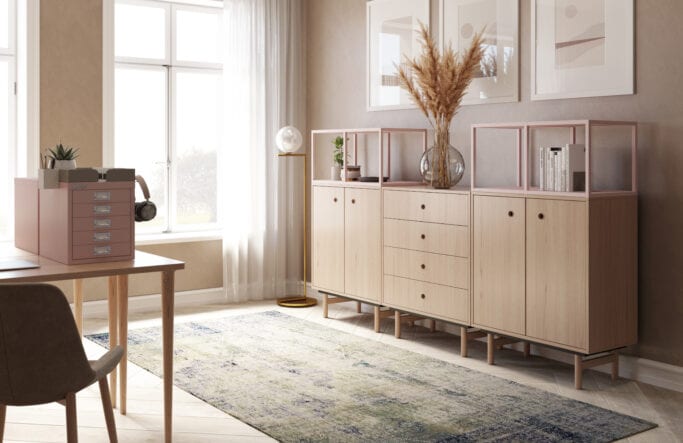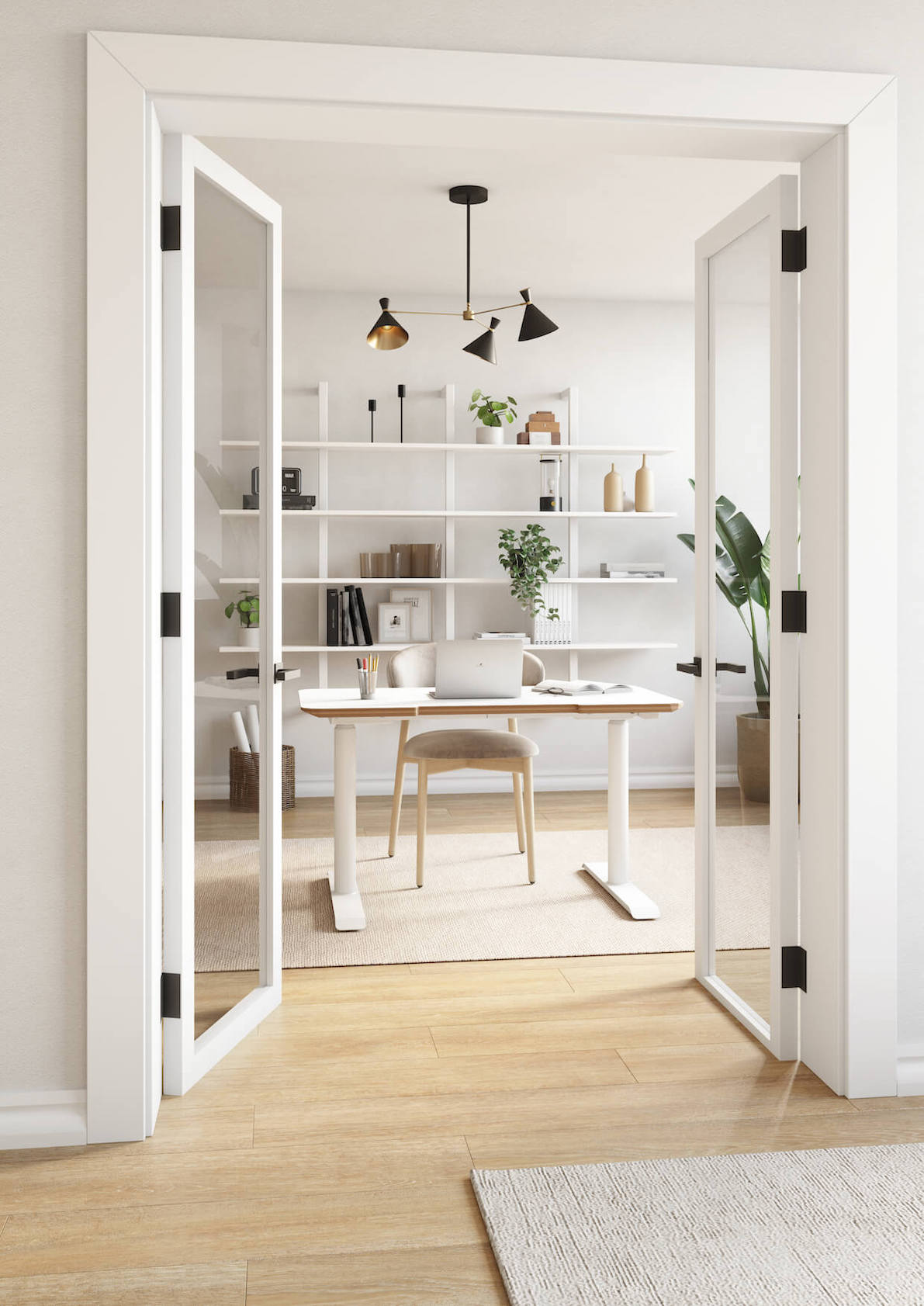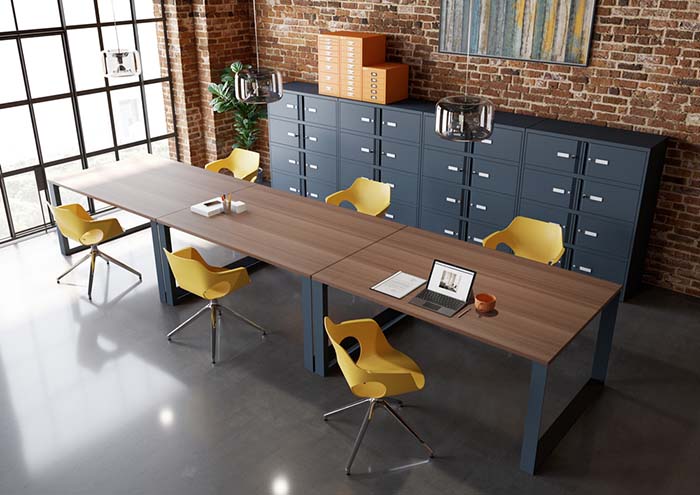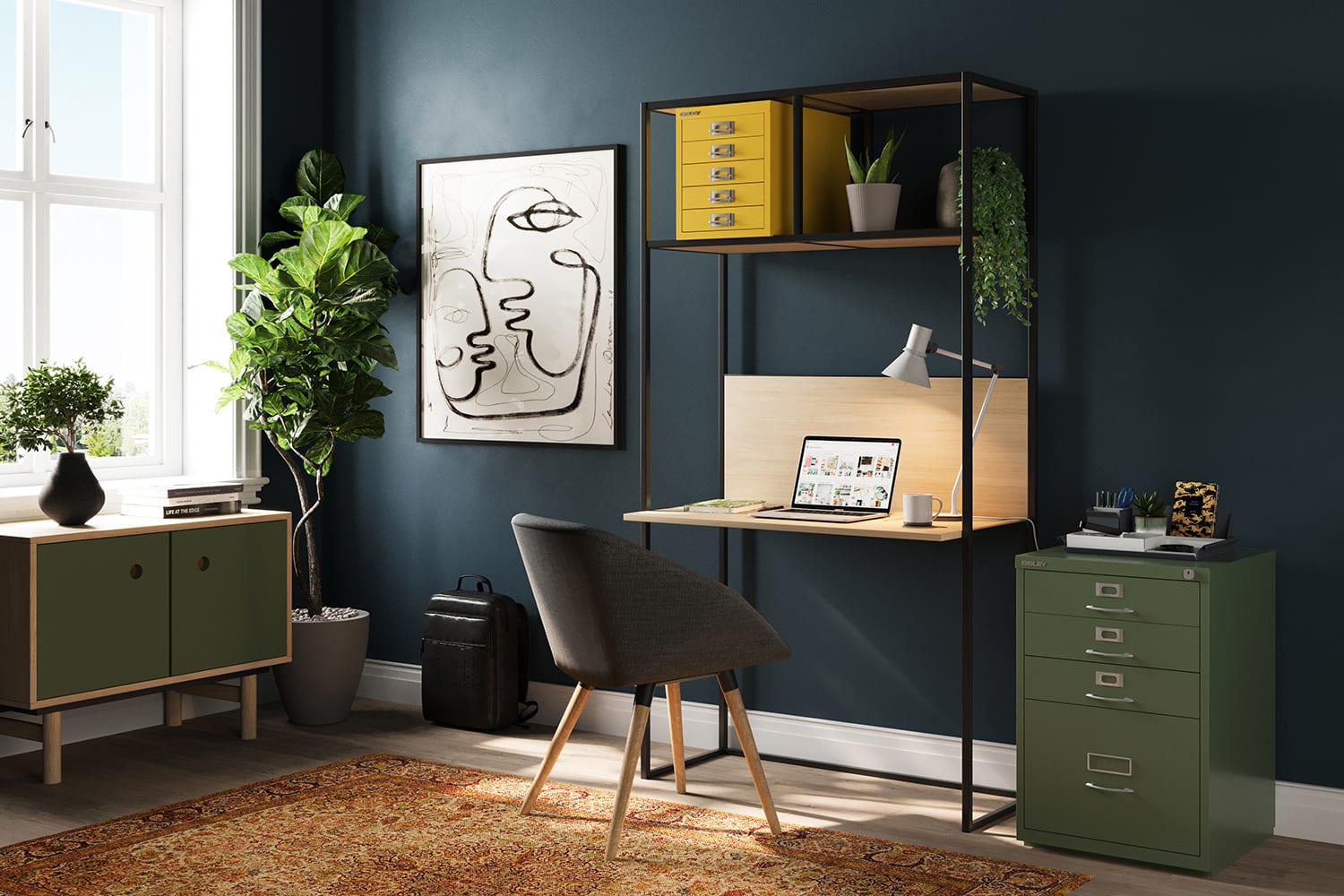Working from home and wellbeing
23/06/2021
Having a workforce that is based from home – at least some of the time, in one way or another – has become the new normal for lots of organisations. But what challenges can it present for employees – and how can businesses help to support their colleagues?
In the right circumstances, working from home can be an excellent way to increase productivity, focus, and concentration. But, for lots of employees who’ve been working from home throughout the Coronavirus pandemic, the conditions have been far from ideal.
From struggling with the ongoing balancing act between work and home life, to a reduced feeling of cohesiveness with teams and colleagues, or simply not having the right physical environment and set up, working from home can present as many challenges as it does opportunities.
As we embrace new ways of working – with companies expected to move towards a more hybrid-working model – it’s important that businesses of all shapes and sizes support their colleagues, making sure that, wherever and whenever they’re working, it’s not having a detrimental affect on their wellbeing. We’ve put together some top tips for how to help your team, both while working from home, and as we return to shared spaces.
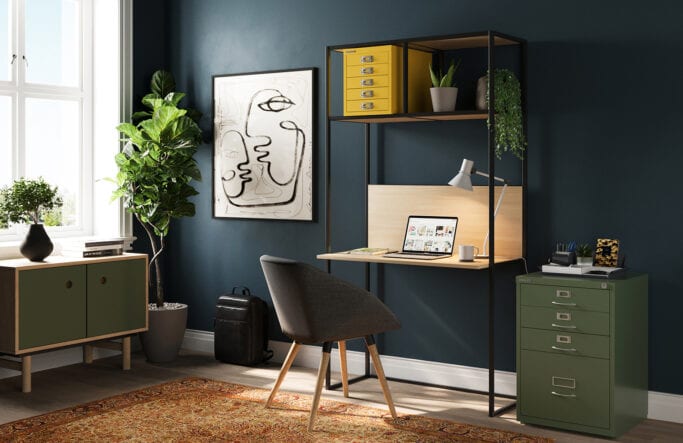
Make sure colleagues have a comfortable home set up
Working from home, for the most, can be truly beneficial. But, in order to reap the benefits of increased concentration and focus that people report, it’s important that your employees are set up to succeed at home.
Conducting a work station assessment to avoid any detrimental health and safety outcomes from colleagues home set up, to more bespoke solutions, like developing working from home kits that blend seamlessly into their home spaces. You can support your team by making sure their physical space is fit for purpose and most importantly, right for them and their needs.
Whether it’s something simple like an office chair, or something more digital to allow them to communicate effectively, work with your colleagues to achieve a comfortable setup. Without a dedicated, fit-for-purpose space to work, and the right tools, it’s hard to expect anyone to be at their most productive.
Tackle digital presenteeism
One of the main challenges of working from home can be ‘digital presenteeism’ – with nearly a quarter of people struggling to unplug at the end of the day when working from home. While it can be a challenge to switch off without the commute to break up ‘work’ and ‘not work’, it’s critical to wellbeing that your employees are well-rested – and that means switching the devices off.
In fact, it’s so important that it forms part of the NHS Top Tips for Wellbeing while working from home. Mind UK acknowledges how easy it is to work longer hours when working from home, suggesting encouraging your team to diarise regular breaks or time to go for a walk and get fresh air, as well as being open about expectations, and setting an example from the top.
Creating physical distinction between work and home spaces can also help – something as simple as making sure your colleagues have storage solutions that allow them to shut their work day paraphernalia away at the end of the day could make a huge difference.
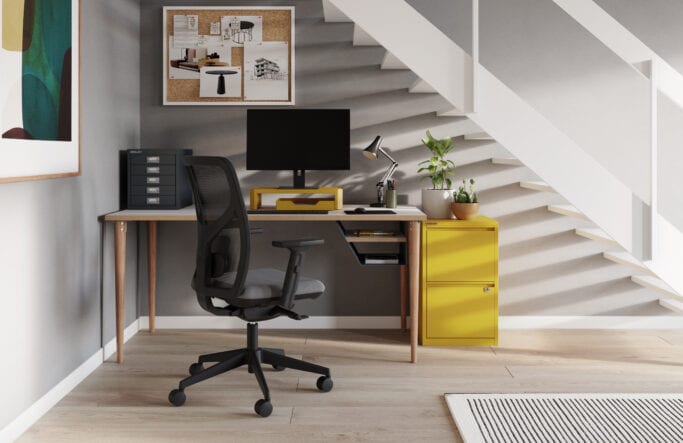
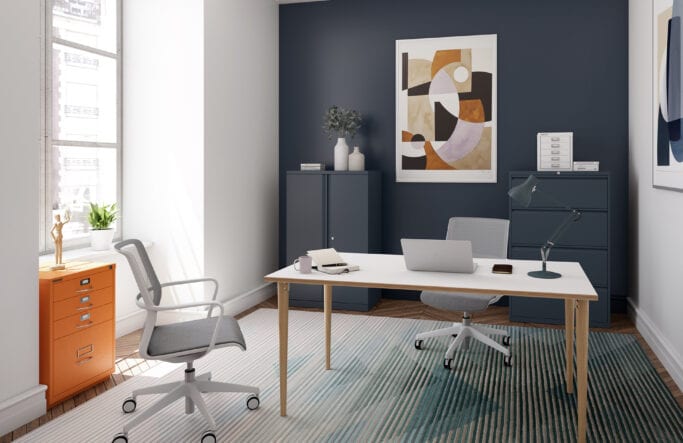
Check in regularly with your team
For lots of people, the level of uncertainty and inability to predict what the next week might look like is a very unsettling experience. Remember that your team might be okay one day, and struggling more with certain aspects of working from home the next. Sociable individuals might miss the physical interaction with colleagues more than others, while others might be find the competing priorities between their work and home lives a real challenge. Utilise digital channels to check in regularly with your team, and be prepared to flex around their wellbeing requirements.
Encourage hybrid-working where possible
While working from home can have great benefits, like being able to focus on a task without interruptions from colleagues or day to day office noise, it’s not the answer for all types of work, and doing it 100% of the time can certainly have its drawbacks – from feelings of isolation to stifled creativity.
Sometimes, we just need to be in the same room – to create, collaborate, question, educate, and learn. What’s more, face to face contact is key to developing relationships, and strong relationships form an important part of any employee’s support network, and subsequent wellbeing.
Adopting a hybrid-working model could help your company get the best of both worlds, encouraging a blend of home-working, and collaborative time spent in a shared company space.
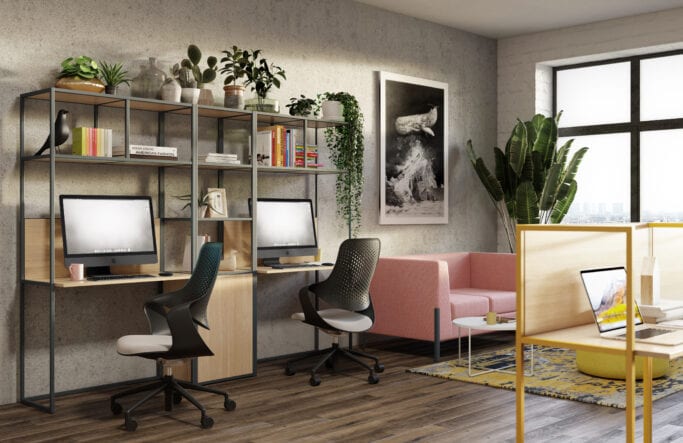
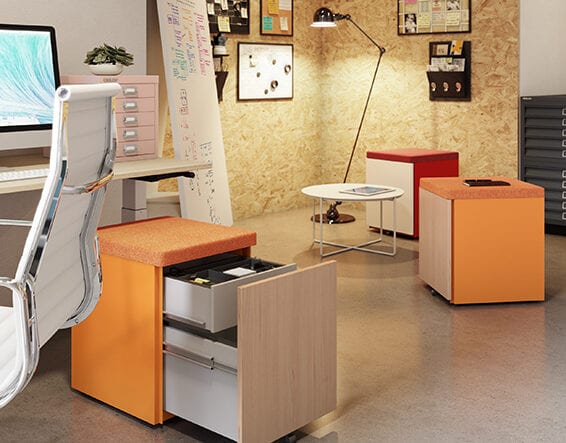
Create collaboration spaces for creativity
If you recognise that some tasks in your organisation are better achieved face to face, consider making a list of what they are – and then think about the ideal space you and your business needs to do them well. Not everything works well from home, and expecting your employees to perform to the best of their ability in less than ideal circumstances can be an unfair ask.
Collaboration hubs, for example, can be a great tool, working as a dedicated space for creativity, sharing thoughts and ideas, and bouncing off one another as a team. Having spaces dedicated to purpose, rather than a ‘one size fits all’ approach to your office, can really help streamline processes – as well as create a genuine change of scene for those working from home frequently.
Make sure your shared space has a sense of belonging
70% of managers are worried about maintaining company culture while remote working, and, in the past, our physical building and office space played a huge part in signposting to colleagues, clients, and contacts what a business was about.
As people are working from home more, it’s important that when they do come to a shared company space, they get a real sense of belonging – to a team, and your organisation as a whole.
There’s lots you can do to make sure that, when your colleagues are physically in your company space, you’ve created a really cohesive, welcoming environment for them to flourish in.
